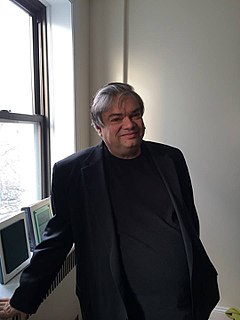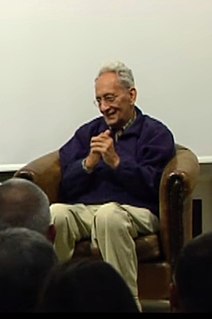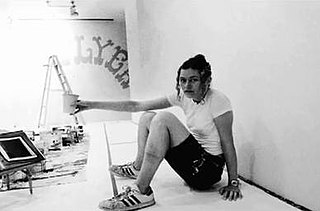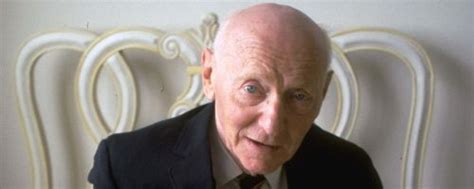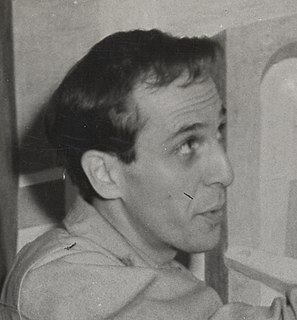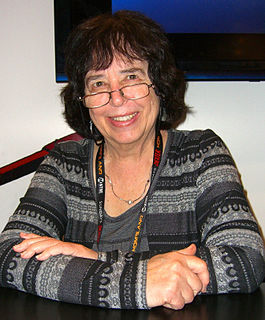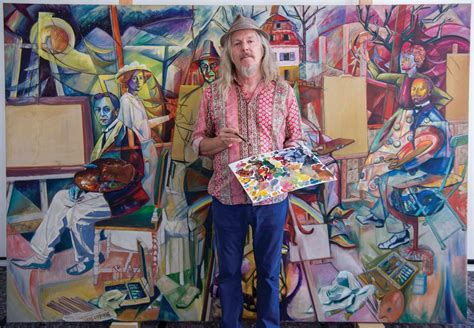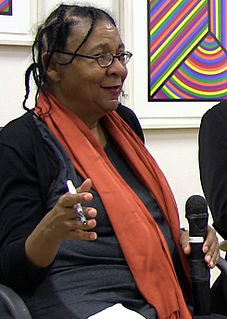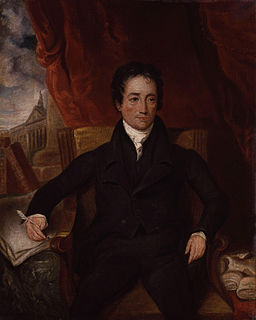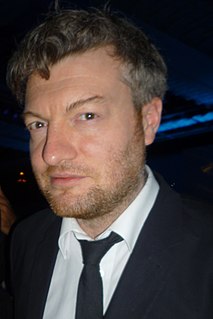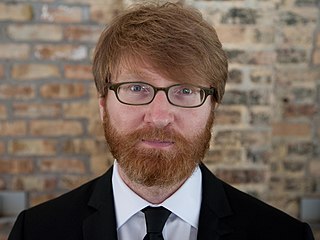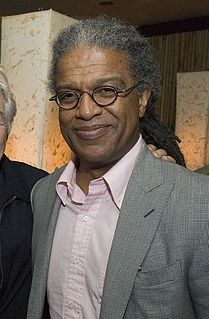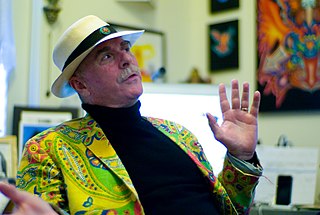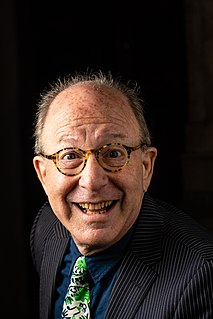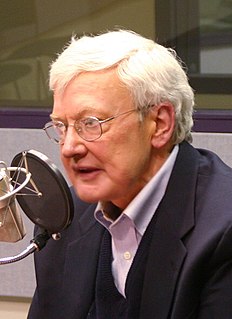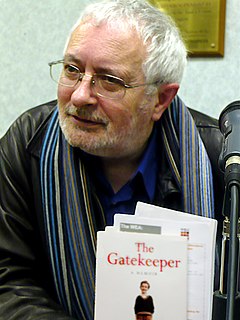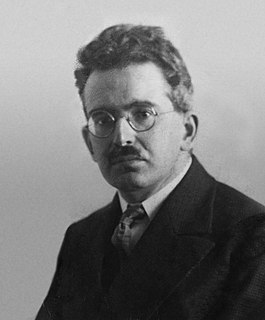A Quote by Terry Teachout
What do you see when you look at a representational painting? Most of the time, the first thing I see is a flat piece of canvas covered with colored patterns.
Related Quotes
You have bits of canvas that are unpainted and you have these thick stretcher bars. So you see that a painting is an object; that it's not a window into something - you're not looking at a landscape, you're not looking at a portrait, but you're looking at a painting. It's basically: A painting is a painting is a painting. And it's what Frank Stella said famously: What you see is what you see.
Having a background in doing printmaking and letterpress, I think that I became very interested in images that were flat and graphic. And my painting still today is very flat...American craft is like that too - the painting is very flat. And also the painting that you see on the storefronts, handmade signs, tend to be very flat. That's probably my biggest influence.
I've always been fascinated by Picasso and how he would look at a single image through multiple perspectives and from separate moments in time. He would look at a woman's face and he would see almost a three-dimensional look even though it was a flat canvas. I thought, well why couldn't we do the same thing with a football play?
I always get into arguments with people who want to retain the old values in painting - the humanistic values that they always find on the canvas. If you pin them down, they always end up asserting that there is something there besides the paint on the canvas. My painting is based on the fact that only what can be seen there is there... What you see is what you see.
Painting is an illusion, a piece of magic, so what you see is not what you see. I don't know what a painting is; who knows what sets off even the desire to paint? It might be things, thoughts, a memory, sensations, which have nothing to do directly with painting itself. They can come from anything and anywhere.
There is an exercise I teach at colleges: Get yourself a canvas and a bunch of acrylics and go into a very dimly lighted room. Dip a brush into one of the colors, slap it on the canvas, don't look, close your eyes, make a painting, don't look, turn the lights on and see what you've got. I think this releases people from the editor in their life that's always standing over their shoulder saying, "Oh, you don't have any talent; who do you think you are?"
Trends suck you in, anywhere in the world, patterns you don't even see. It's so easy. Look at Wall Street - look at any sports team in the world - there are trends. Look at exercising. Nothing but patterns and trends, and that's what I started to see. Like a flock of birds all flying in one direction.
I have always been jealous of artists. The smell of the studio, the names of the various tools, the look of a half-finished canvas all shout of creation. What do writers have in comparison? Only the flat paper, the clacketing of the typewriter or the scrape of a pen across a yellow page. And then, when the finished piece is presented, there is a small wonder on one hand, a manuscript smudged with erasures or crossed out lines on the other. The impact of the painting is immediate, the manuscript must unfold slowly through time.
